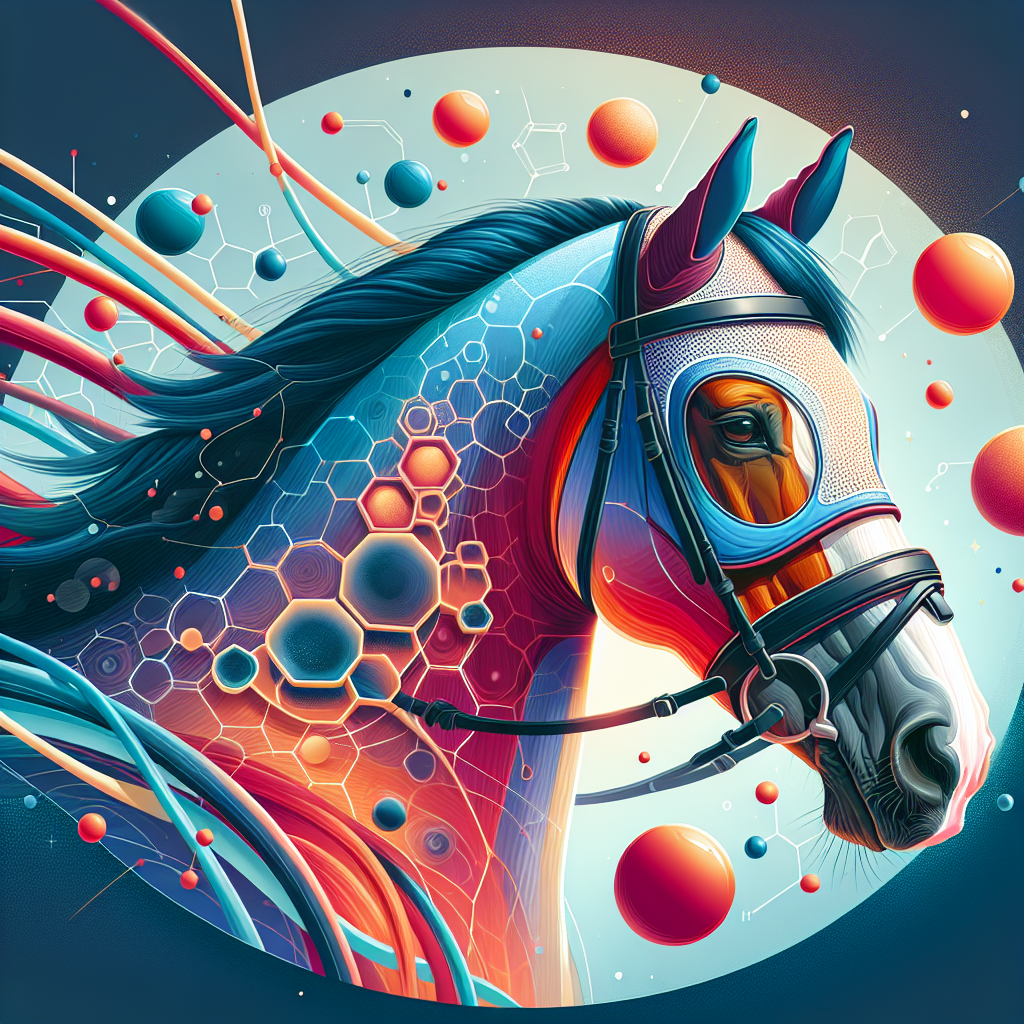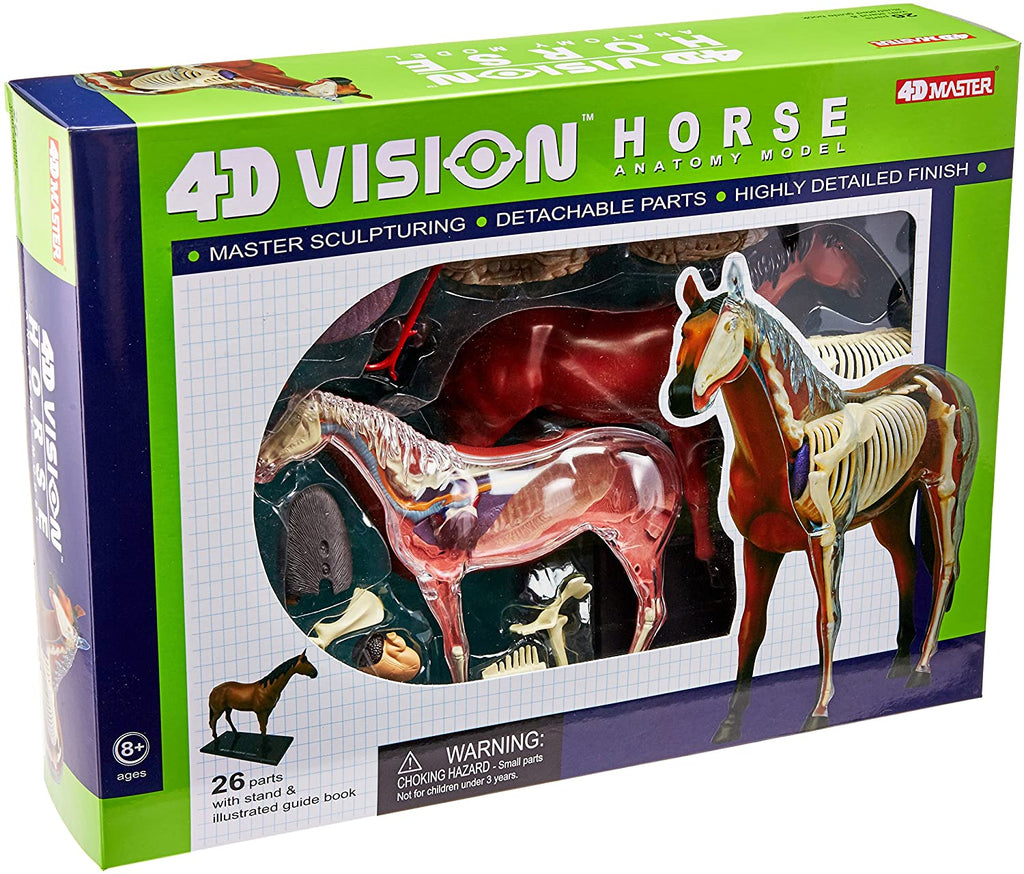The Science of Horse Vision: What They Actually See

Understanding how horses perceive the world through their vision is fascinating and essential for anyone interested in equine behavior, training, or care. This article will explore the anatomy of horse eyes, their visual capabilities, and how these influence their interaction with the environment.
Introduction

Horses have evolved unique visual systems that differ significantly from humans. Their eyes are positioned on the sides of their heads, giving them a wide field of view but affecting depth perception. This article delves into the science behind horse vision, explaining what horses actually see and how it impacts their behavior.
Anatomy of Horse Eyes
- Eye Placement: Horses have laterally placed eyes, allowing nearly 350 degrees of vision.
- Pupil Shape: Their pupils are horizontal and rectangular, which helps stabilize their vision across wide landscapes.
- Retina Composition: Horses have a high density of rod cells, enhancing their ability to see in low light.
Visual Capabilities
| Feature | Description |
|---|---|
| Field of View | Approximately 350 degrees, with a small blind spot directly behind and in front |
| Color Vision | Dichromatic, meaning they see blues and greens but have difficulty distinguishing reds |
| Night Vision | Superior to humans due to more rod cells and a reflective layer called the tapetum lucidum |
| Depth Perception | Limited binocular vision (about 65 degrees) affects depth perception, especially directly in front |
How Horses See the World
- Motion Detection: Horses are highly sensitive to movement, which is crucial for detecting predators.
- Color Perception: Their dichromatic vision means they perceive the world differently, with muted reds and oranges.
- Focus and Clarity: Horses have a near and far focus but struggle with objects very close to their face.
Implications for Training and Care
- Understanding horse vision can improve training methods by considering their blind spots and sensitivity to motion.
- Proper lighting and environment setup can reduce stress and improve safety.
FAQ
Q1: Can horses see in the dark?
A1: Yes, horses have better night vision than humans due to more rod cells and the tapetum lucidum, which reflects light within the eye.
Q2: Why do horses spook easily?
A2: Their wide field of vision and sensitivity to movement make them alert to sudden changes, which can cause spooking.
Q3: Do horses see colors like humans?
A3: No, horses have dichromatic vision, meaning they see fewer colors, mainly blues and greens, and have difficulty distinguishing reds.
Conclusion
The science of horse vision reveals a complex and highly adapted sensory system that shapes how horses experience their environment. By understanding what horses actually see, owners and trainers can create better environments and interactions that respect their unique visual world.
This structure and content will help create a comprehensive, SEO-friendly blog article that is informative and engaging for readers interested in equine science and care.
